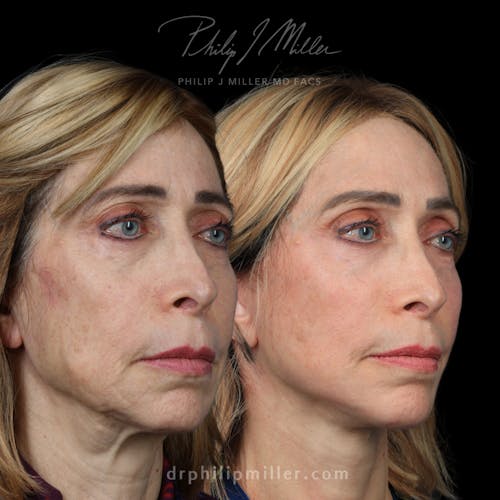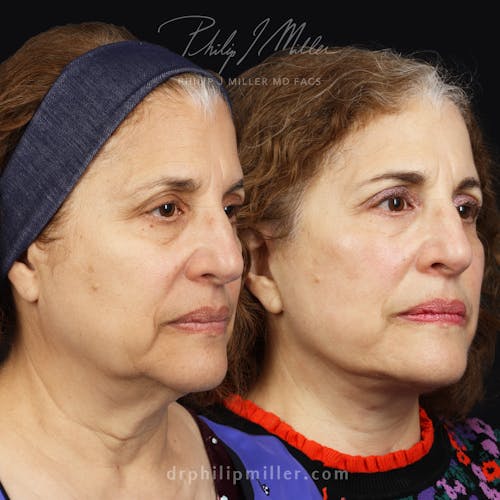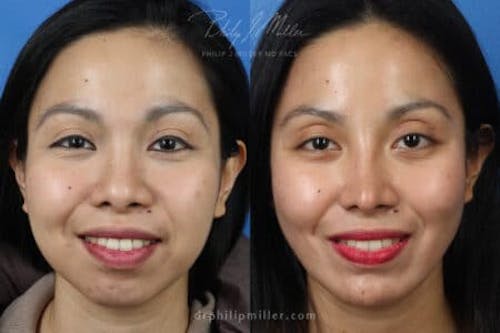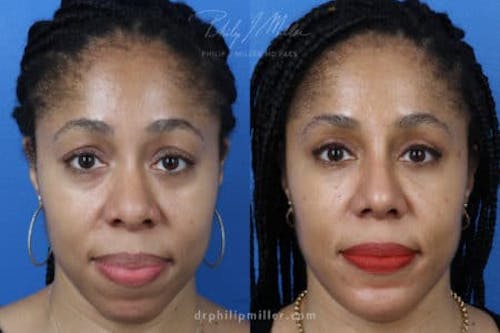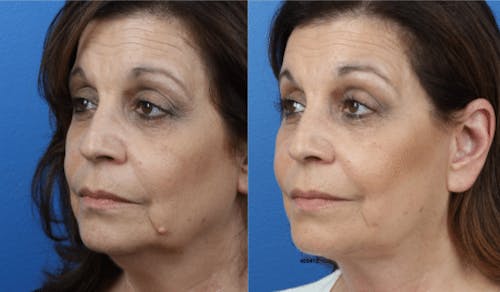Avoid synthetic fillers and use your body’s own tissue to revitalize your face with facial fat transfers in New Orleans.
What to expect during a facial fat transfer
Some people are averse to fillers because they fear an allergic reaction or other complications. Others simply prefer to use the cells from their own bodies instead of a manufactured product. In a fat transfer, Dr. Miller performs gentle liposuction in an area of the body that has excess fatty tissue like the thighs, buttocks, or abdomen. Then, that fat is thoroughly sterilized and rid of impurities. Finally, Dr. Miller uses the refined fatty tissue to carefully sculpt the cheeks or lips, or add volume to facial hollows and depressions. Facial fat transfers in New Orleans often happen during facelifts, and are a great way to make subtle, delicate enhancements to the face.



